Who would not like to visit Dwarka dhama, which gives refuge even to the monsters, demons and titans, and which is never left by the son of Devaki, Lord Sri Krsna? The mere thought of going on pilgrimage to Dwarka liberates the devotee and his ancestors from their sinful activities. Each step taken on the path of devotion to the Supreme Personality of Godhead, Lord Sri Krishna gives one virtues similar to that of ashwamedha yagya, as performed by Bali Maharaja at Kurukshetra.
One who offers prasadam to a pilgrim on his way to Dwarka is benedicted just like one performing shraadh at Gaya. Similarly, the Lord blesses one who gives shoes to a pilgrim going to the holy dhama at Dwarka. A pilgrim who listens to a narration of the pastimes of the Lord or sings devotional songs, or performs charitable works while on his way to Dwarka is greatly blessed.
The temple of Lord Krsna in Dwarka is as high as the peak of mountain Kailash, and gleams as brightly as the white clouds. A man who gets the divine sight of Dwarka is supreme. Getting sight of the flag and golden Kalash atop the Dwarka temple liberates the devotee from the various kinds of sinful activity, including the killing of insects and worms by trampling under the feet, consuming another’s food and water, etc.
[wp_ad_camp_1]
One should proceed to Sridhama Dwarka while singing songs of praise to Lord Dwarkadish. First offering salutations to Lord Ganesha and Balarama without washing the feet, and afterwards offering obeisances and taking darshan of Lord Krsna liberates one from all sins committed during childhood, adolescence and youth.
Gomti
There are five G’s associated with pilgrimage to Dwarka dhama: Gomti, Gomay bath, Go-daan (donation of cow), Gopi-chandan and having darshan of Gopinath. These acts of the pilgraim are very rare and should all be executed by the pilgrim, if possible.
After having the darshan of Lord Krsna, the pilgrim should have darshan of the sacred River Gomti, the mere glimpse of which liberates one from his sins. The virtues of taking a holy bath at Kurukshetra during a solar eclipse and taking a holy bath in the Gomti are similar. The ancestors who have gone to the hell named ‘Raurab’ or who have taken birth as lowly creatures get liberated if the water of Gomti is offered to them.
Taking bath in the Gomti, one gets the virtues similar to performing ashwamedha yagya, as the accumulated sins of thousands of years get destroyed, and three generations of ancestors may go to the abode of Vishnu. Having darshan of Gomti destroys all sins committed by thoughts, words and deeds.
Chakrateertha
Near the sea at Dwarka are seen stones and rocks with marks of wheels (chakra) on them, the sight of which gives one salvation. Such rocks with the mark of chakras are worshipable, and give the devotee a feeling of being in the vicinity of Lord Vishnu Himself. All sins committed by thoughts, words and deeds are destroyed if one bathes in the holy water of Chakrateertha.
Rukmini Hrid
The seven ponds known collectively as Rukmini Hrid are considered to be the bestower of salvation and the destroyer of all the sins. They are also known as Bhrigu-teertha due to the sage Bhrigu’s long association with this place. Taking a bath at Rukmini Hrid frees one from the cycle of birth and death.
Vishnupadodbhava Teertha
A person who gets darshan of Vishnupadodbhava teertha is benedicted with virtues similar to those acquired from taking a bath in the holy Ganges. Remembrance of this pilgrimage and singing of devotional songs in praise of Vishnupadodbhava teertha destroys all one’s sins. The Ganges, which were manifested by Lord Krsna for Rukmini, are known as Vishnupada. Rinsing of one’s mouth by its water, one gets benefits similar to that of executing ashwamedha yagya.
Nearby Vishnupadodbhava teertha is situated the Gopi Sarovar. By bathing in these sacred waters, one gets the virtue similar to that of donating a cow. It is believed that Lord Krsna along with other transcendental personalities took bath here in the month of Shraavana. Traditionally, one makes the donation of a mat here on the twelfth day (dwadashi) of every month.
Maya Sarovar
The great demon Maya is famous in all the three worlds for his illusionary powers. This reservoir, Maya Sarovar, was constructed by him and hence it bears his name. The mere touch and sight of this reservoir frees a man from all bondage and fulfills all desires of the devotee. The performance of tarpan by its water benefits the ancestors, and making donations in the name of Lord Krsna helps the devotee and his ancestors to gain the Lord’s abode.
Gopi Sarovar
Once the Gopis requested Lord Krsna to create a pilgrimage site for them so that they too could achieve salvation by meditating on His appearance, singing devotional songs, etc. while staying there. Lord Krsna agreed to their request. Pointing towards a reservoir situated near Maya Sarovar, He said: “Look at this reservoir whose water is as pure as the heart and mind of a gentleman. This reservoir has been constructed only for you and will become famous by your name.”
Again the Gopis requested Lord Krsna to make the reservoir as His abode, as all the worlds (Bhur loka, Bhuva loka, Swarga loka), all the austerities and charities are situated in His very abode. According to the Gopis, goddess Saraswati and goddess Laxmi have their abodes in His mouth and chest, respectively.
One attains the supreme destination by devotionally taking bath in the Gopi Sarovar and performing tarpan to the ancestors and the Deities, and giving donations. By performing shraadh here, a man’s desire for getting a son may be fulfilled. One who takes bath in the holy water of Gopi Sarovar attains whatever he desires – salvation or the heavenly planets.
Brahma Kunda
When Lord Krishna unburdened the earth from all the sinners and brought the virtuous people to the path of virtuosity, he came to Dwarka. At Dwarka Indra, Varun, Yama, Kuvera, Surya and Candra came to meet Him for the accomplishment of their respective works. After that, Lord Brahma created a pilgrimage site in his own nam,e which became famous as Brahma teertha. Pilgrimage to this place is the destroyer of all sins.
Chandra Sarovar
After seeing Lord Brahma creating a pilgrimage in his name, the moon too imitated him and created a place of pilgrimage, which is also a destroyer of sins. All the deities became pleased after seeing this radiant pilgrimage and said that whoever takes a bath or performs tarpan in the holy water of this pilgrimage will become prosperous and free from all sins. Following the footsteps of Lord Candra, Indra and Varun also created pilgrimages in their respective names.
Panchanad Teertha
Hearing about the arrival of Lord Krsna at Dwarka, the sage Marichi and many others came to Dwarkapuri. Here they had a darshan of Dwarkapuri and took bath in the River Gomti. They established a pilgrimage called Panchanad, at the confluence of five rivers. River Gomti came at the invocation of sage Marichi and River Laxmana came at the invocation of Sage Atri. Similarly River Chandrabhaga, River Kushawati and River Jambavati came at the invocations of sage Angira, Sage Pulah and sage Kratu, respectively.
One who aspires for heaven and salvation must take bath in this holy place.
Siddeshwar Linga
When Kumara sages Sanak, Sanandan, etc. came to know about the arrival of Lord Brahma, they came to see him. Lord Brahma said to them: “Sons, Lord Vishnu is pleased by such a man who worships Lord Shiva, and he (Lord Vishnu) does not accept His own worship if Lord Shiva has not been worshipped. Hence, we must worship Lord Shiva.”
After that, the four sages established a Shiva linga, which came to be known as Siddeshwar linga. The sages also constructed a well nearby, which is famously known as Rishi teertha.


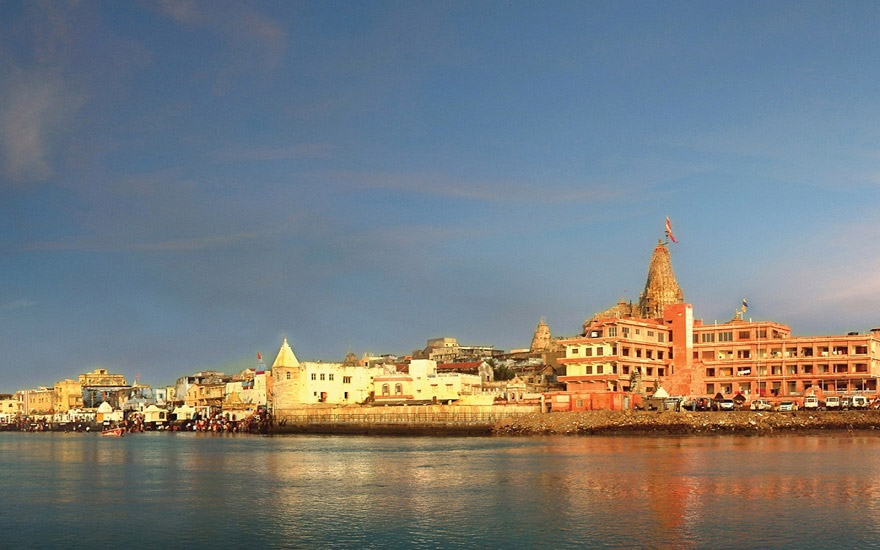
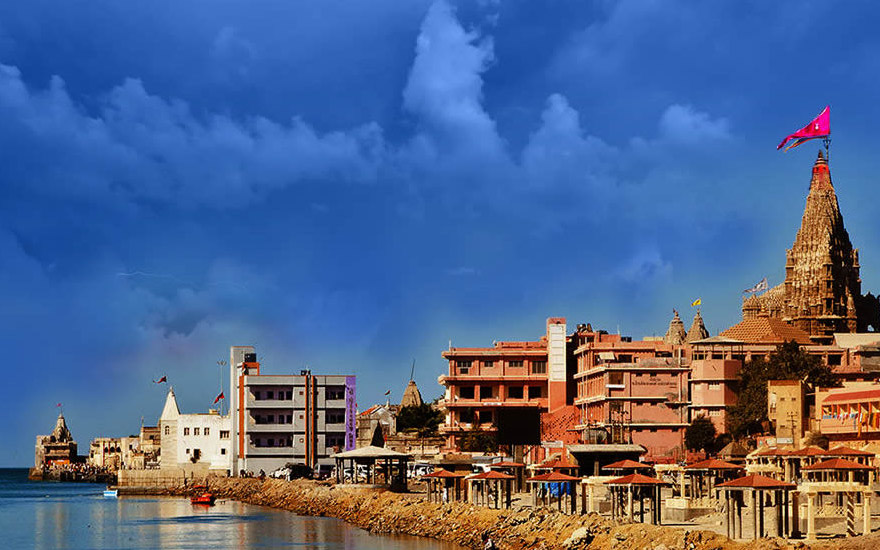

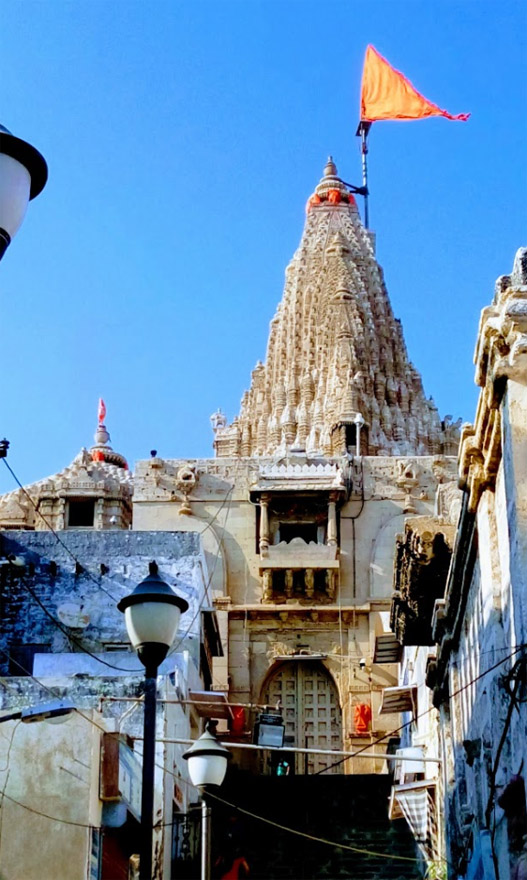
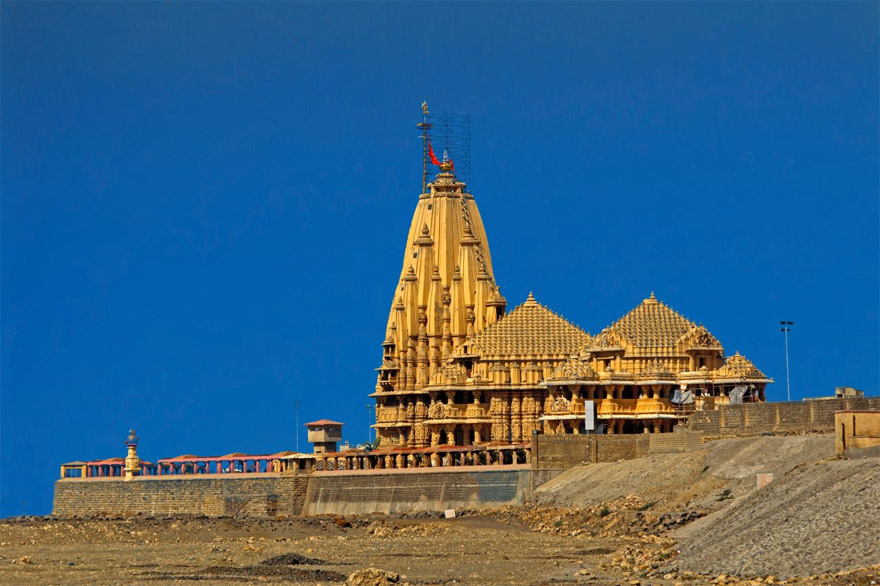
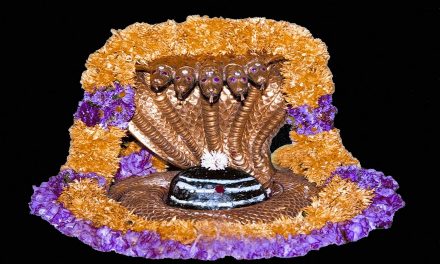
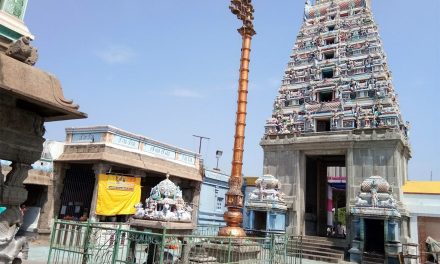










First let me thank you all.
Being from Tamilnadu orthodox family, being aged 74, my wife 66, love to visit to various temples and love to be a part in ANNADHANAM rituals in person.
Are there possibilities conducted pilgrimage tour from your group or I have depend on other tour operators.
May be your guidelines to reach temples offer prayers by staying one or two days and do service by various means. Method of accommodation and food availability if informed will also helpful.
Kindly consider as to how you could guide in this regard.
Thank you all with Namaskarams . My mail id all small letters to not.